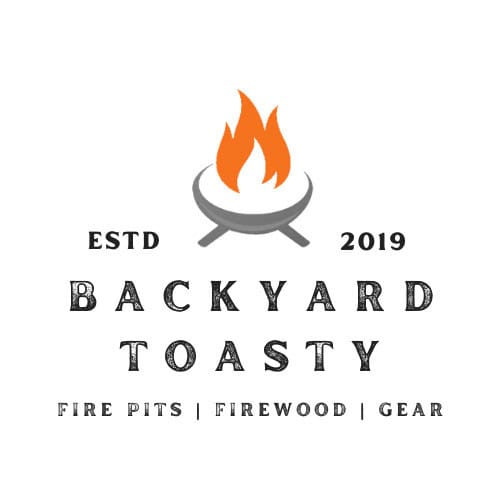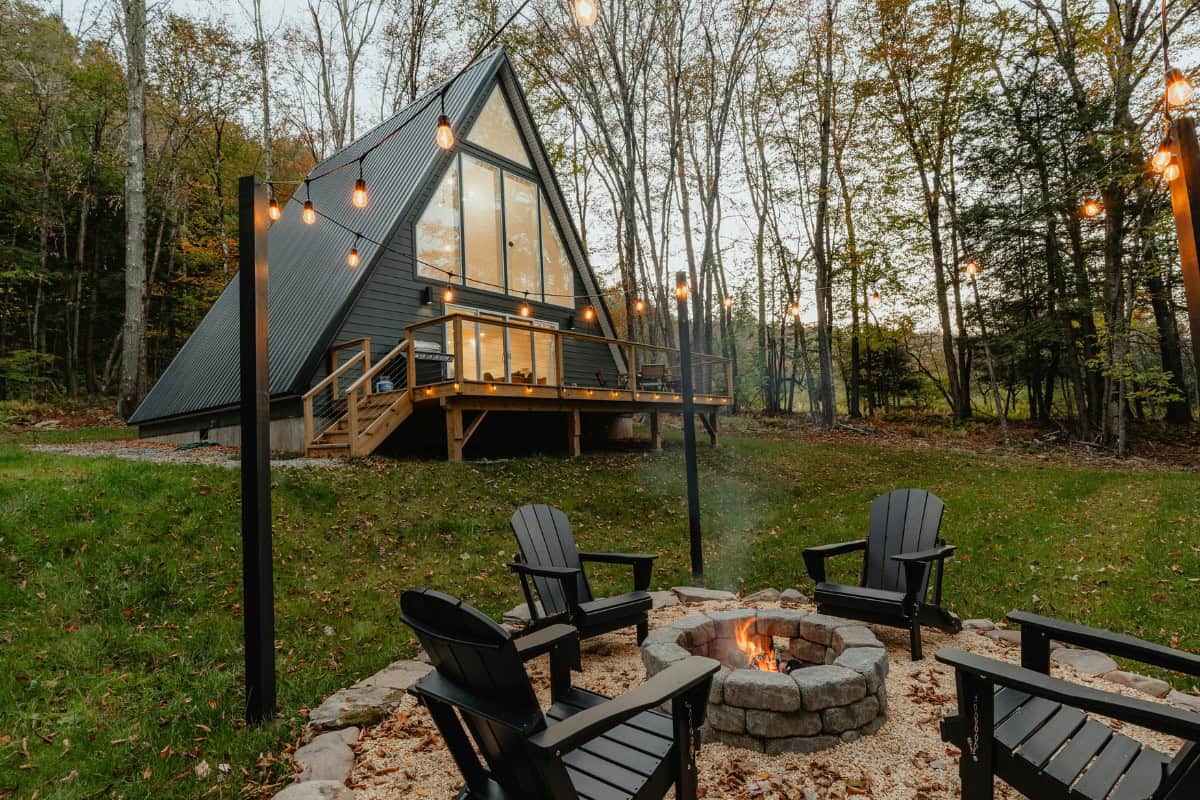
Setting up a fire pit in your backyard requires understanding fire pit clearance requirements and fire pit safety distance rules from the start. You need to follow strict guidelines for both safety and legal reasons. Ignoring these requirements can lead to property damage, fines from local fire ordinances, and real risks to your family and home.
Fire pit clearance requirements help prevent flare-ups, property loss, and accidental injuries. By following fire pit safety distance rules, you’ll meet residential fire pit codes based on NFPA fire safety standards, keep your insurance intact and protect loved ones from harm. These outdoor fire safety guidelines matter for every type of fire pit, no matter if you’re burning wood, using propane, or installing a gas unit.
When you follow local backyard fire pit regulations, you guarantee your fire stays a safe distance from your house, decks, and fences. You’ll also keep a defensible space clear of hazards, which gives emergency access when needed. Learning about structure clearance for fire pits, overhead clearance fire pit rules, and proper spacing creates peace of mind—making your fire pit a true backyard highlight, not a hazard.
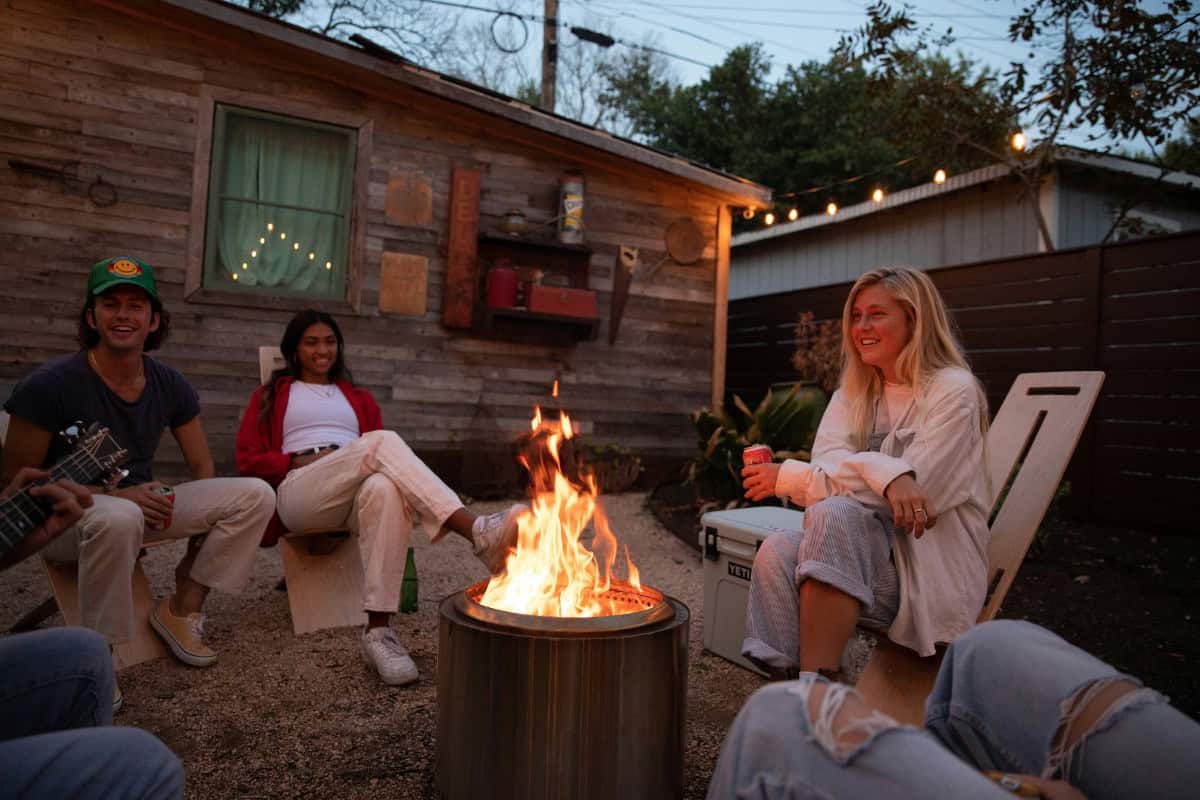
Understanding Fire Pit Clearance Requirements
Knowing and applying fire pit clearance requirements creates a safer backyard and keeps your home in line with local codes. These distance rules help you prevent fires, protect your property, and maintain a comfortable gathering space. Whether you’re building from scratch or installing a kit, you need to pay careful attention to both horizontal and vertical spacing.
Below, you’ll find clear, actionable guidelines covering safe distances for all sides, above, and underneath your fire pit—plus the factors that can shift those rules. Following these fire pit safety distance standards can mean the difference between a relaxing evening and a costly emergency.
Horizontal Clearance: Safe Distance on All Sides
Horizontal clearance refers to the minimum distance from your fire pit to nearby combustibles and structural elements.
Following these fire pit placement rules protects your home and guests:
Stick to the greater distance when industry guidelines and local fire ordinances differ. You might be surprised how often spacing rules show up in fire pit building codes.
Vertical Clearance: Overhead and Underneath Precautions
Vertical clearance focuses on safety above and below your fire pit.
Some dangers aren’t as obvious as direct flame contact—heat and sparks can climb quickly.
Neglecting overhead and under-deck clearance is one of the top reasons for fire pit accidents—always measure before lighting up.
Factors That Influence Minimum Fire Pit Clearance
Not every fire pit needs the same buffer zone. Several variables will impact your required safety distance.
Pay close attention to code and manufacturer specifications. Always err on the side of more space for your defensible fire pit zone. Local regulations change frequently, so consult your local fire marshal or building office for the most current fire prevention guidelines. Following these requirements is the best way to keep your family and property safe while enjoying stress-free outdoor gatherings.
To help you get started with proper fire pit placement, use our interactive calculator below. Simply enter your yard measurements and let the tool identify safe zones that meet clearance requirements for your specific setup.
Fire Pit Placement Calculator
Enter your yard measurements to find safe fire pit locations that meet clearance requirements
How to use this calculator:
Start by measuring your yard with a tape measure. Stand at your back door and measure to your property lines. Then measure your house dimensions and position. The calculator will show you safe zones (green = excellent, yellow = good) where you can place your fire pit while meeting safety codes.
Yard Dimensions (feet)
Measure your entire backyard space from property line to property line. This helps identify safe zones away from neighbors.
House Position & Size
Measure your house footprint and its position in your yard. This ensures the required 36-48″ clearance from all walls, siding, and windows.
Deck/Patio (Optional)
Fire Pit Type
Different fire pit types require different clearance distances. High-BTU units need more space due to increased heat output and ember production.
Current Requirements:
• 84″ vertical clearance from overhangs
• Check manufacturer specs for your specific model
Yard Layout & Recommendations
Top 3 Recommended Locations
Safety Requirements:
• 84″ overhead clearance required
• Check local fire codes for additional restrictions
• Consider wind patterns and neighbor proximity
Important: Always Verify with Professionals
This calculator provides general guidance only. Before finalizing your fire pit placement:
- Contact your local fire department for specific municipal fire pit regulations and permit requirements
- Consult a licensed and bonded fire pit contractor if you’re planning a built-in installation or gas line connections
- Check with local or online specialty fire pit vendors for manufacturer-specific clearance requirements for your exact model
- Verify with your homeowner’s insurance regarding coverage and any additional requirements
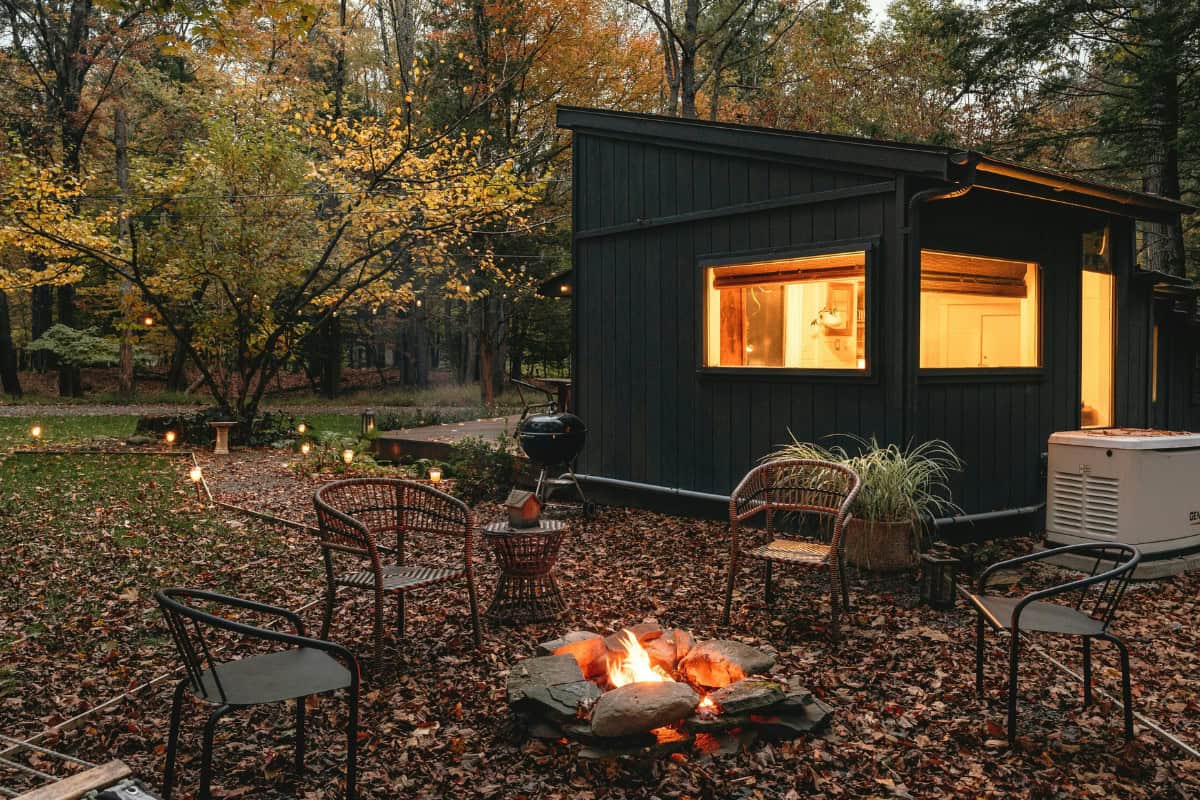
Choosing the Right Location for Your Fire Pit Clearance Requirements
Placing your fire pit in the right spot is the first real step to a safe and enjoyable backyard experience. A good location reduces fire risks, keeps guests comfortable, and supports house and property rules. When you respect fire pit clearance requirements from day one, you avoid headaches down the road—whether from flare-ups, code violations, or costly repairs. You’ll protect your investment, loved ones, and peace of mind.
Finding the right spot means more than just picking a pretty view. You need to create a proper fire pit safety zone that accounts for fire pit placement rules, backyard fire pit regulations, and actual landscape features. The wrong location introduces hidden risks that can ruin a relaxing evening fast. Here’s how to get location right from the start.
Common Placement Mistakes to Avoid
Many people make simple, yet serious, mistakes when picking a fire pit site.
The following problems show up often and can compromise your fire pit safety distance, causing problems that are easy to prevent:
By following these guidelines and keeping fire pit setback requirements in mind, you give yourself a defensible space for your fire pit and help prevent emergencies. For more on creating a worry-free fire zone, check out these fire pit on decking tips to see how deck placement affects your choices.
Special Considerations for Covered Patios and Decks
Putting a fire pit under a covered patio or on a wooden deck changes the safety equation.
Covered areas and combustible deck materials demand stricter fire pit clearance requirements, both above and to the sides.
If you want to use your fire pit under a cover, don’t guess—get specifics on safe distances, materials, and required modifications with our in-depth advice for fire pits under covered patios.
Place your fire pit wisely, and you meet residential fire pit codes, protect your property value, and make every evening around the flames safer and more inviting.
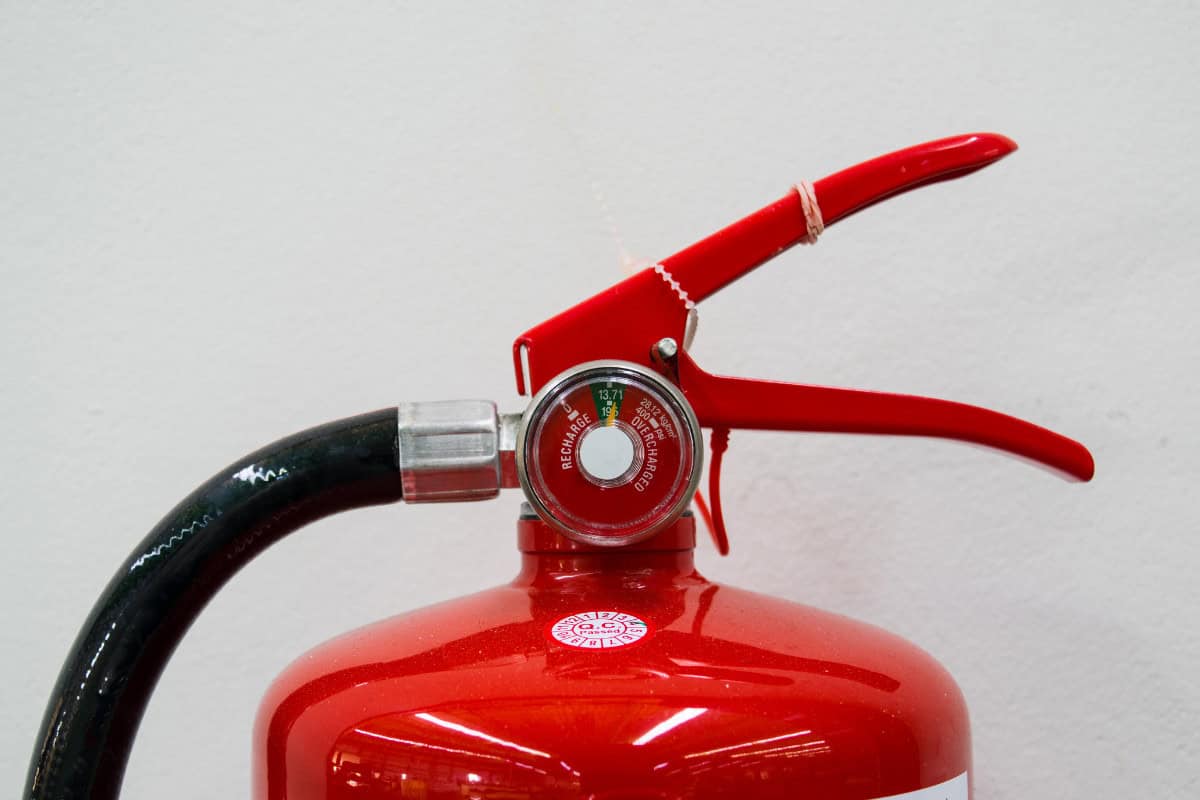
Fire Pit Clearance Requirements: Essential Safety Tips
Maintaining proper fire pit clearance requirements means more than measuring distances once and forgetting about it. Safe operation calls for reliable extinguishing methods and routine upkeep that guarantee your backyard never becomes a fire risk. With the right habits and a little attention, you can protect your home, family, and investment for years to come.
Proper Extinguishing and Emergency Equipment
You need a plan whenever you light your fire pit. Having the correct tools close at hand is just as important as observing the right fire pit safety distance. When it’s time to put out your fire, never rush or leave things to chance.
Always keep a dry-chemical ABC rated fire extinguisher within easy reach of your fire pit zone.
Memorize the PASS method:
- Pull the pin
- Aim at the fire’s base
- Squeeze the handle
- Sweep side to side
These steps help you act quickly and avoid panic. Portable extinguishers usually handle small flare-ups, but for larger emergencies, having a fire blanket nearby can buy extra time and keep people safe.
Avoid using water to douse the flames, especially if your fire pit is made of ceramic or certain metals. Rapid temperature changes can crack the material, turning a small problem into a costly repair. Use sand to safely settle embers when possible, especially in fire pits where water poses a risk.
Choose only approved materials and ignition sources when starting or managing your fire pit. Skip lighter fluid, gasoline, or other accelerants, which can cause uncontrollable fires. To learn more about extra-safe practices, see these fire pit safety tips for practical guidance that every fire pit owner should review.
Long-Term Maintenance to Support Safe Clearances
Consistent maintenance helps you honor all fire pit clearance requirements over time. Leaves, ash, and grime build up, making your fire pit a riskier, less enjoyable feature. Regular cleaning and upkeep can prevent those problems before they start.
After every use, remove ashes or leftover debris once everything has cooled. Scrub grates and burner surfaces to get rid of residue that could block airflow or cause accidental flare-ups. For gas fire pits, check burners and connections for leaks, corrosion, or clogs. Addressing wear and tear quickly reduces the risk of erratic flames, which could breach your set fire pit spacing regulations.
Adopt a routine for seasonal inspections—especially before and after periods of heavy use. Look for cracks in the structure, loose fittings, or rust on metal parts. Replace damaged components with the parts recommended by your pit’s manufacturer to protect your investment and maintain safe distance compliance.
Proper maintenance also means knowing what not to burn in fire pits. Avoid burning treated wood, plastics, or any materials that might release toxic fumes or leave hazardous residue. Following these best practices supports your ongoing safety zone and helps keep your fire pit within the local and city fire pit regulations. These maintenance practices align with National Safety Council guidelines for outdoor fire equipment care.
Choose routine over regret by adopting these habits. Ongoing attention not only keeps your backyard legal under fire pit building codes, but also secures the peaceful, welcoming space your family deserves.
With all these safety requirements and measurements to remember, it’s easy to lose track of the specific distances during planning and installation. Use this quick reference guide to keep all the critical clearance measurements at your fingertips.
🔥 Fire Pit Clearance Quick Reference
Essential safety distances at a glance
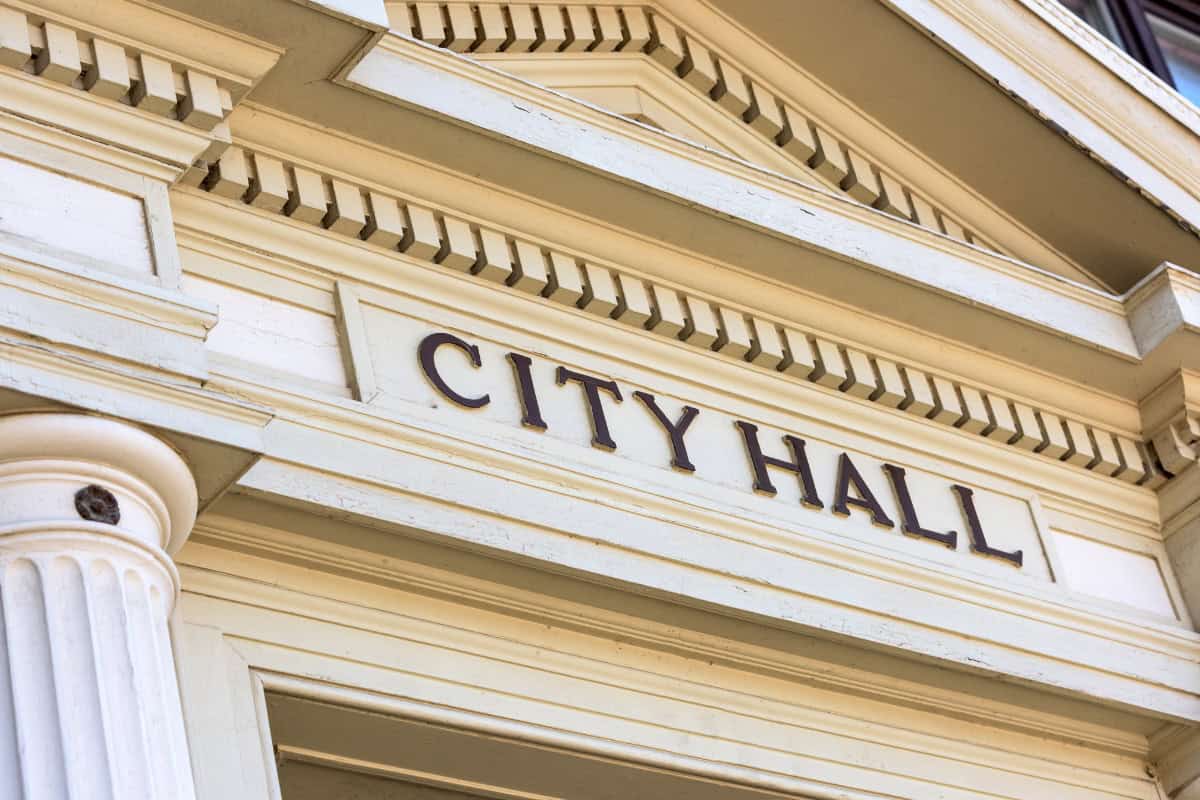
FAQs: Fire Pit Clearance Requirements
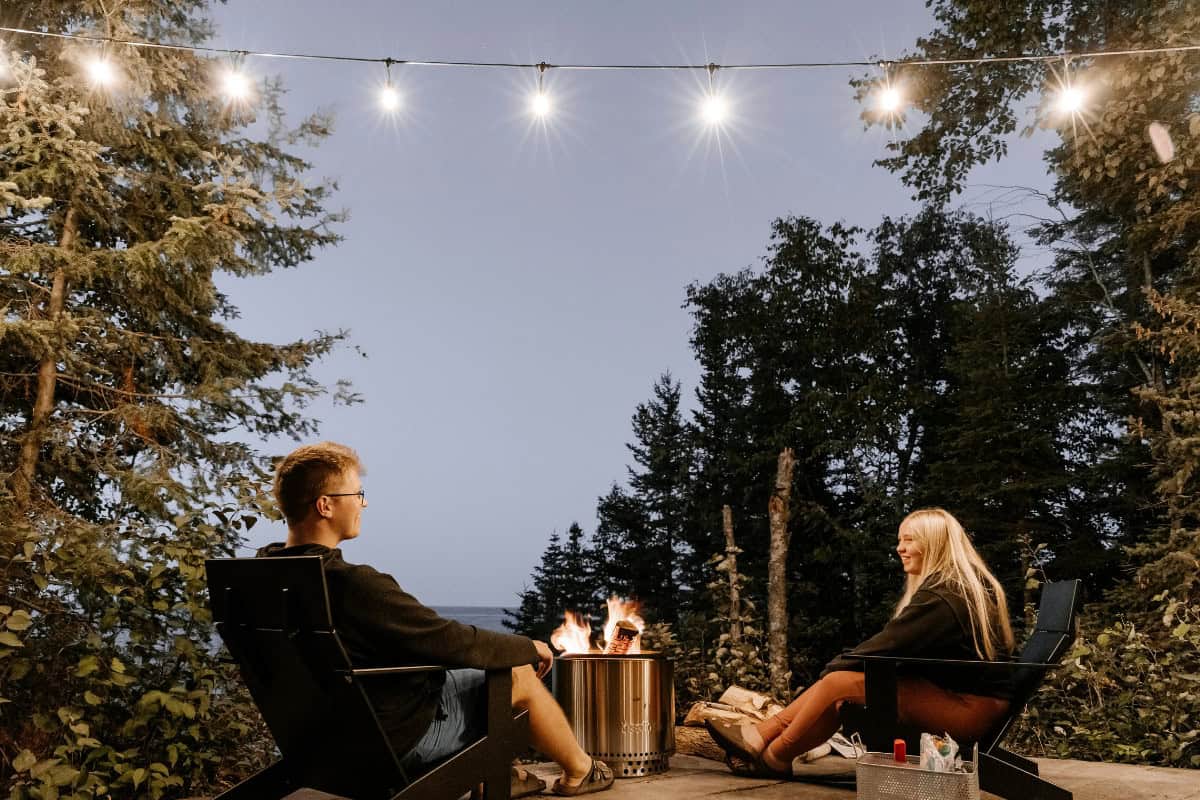
Wrap-up: Fire Pit Clearance Requirements
Paying attention to fire pit clearance requirements helps you create a backyard escape that’s both safe and inviting. Keeping the right fire pit safety distance on all sides, above, and below means you protect your home, loved ones, and investment. Following best practices around fire pit building codes and clearance zones prevents costly mistakes and supports lasting peace of mind.
You don’t need to guess about safe setup or ongoing care. Rely on outdoor fire safety guidelines, stick to recommended measurements, and handle routine upkeep. Enjoy every night by the fire knowing your setup meets both local fire ordinances and practical safety standards.
Keep learning about fire pit placement, maintenance, and tools that make your experience even safer. Explore our tips on how to measure for fire pit covers or get a deeper look at fire pit adhesives for safety and spacing. Thanks for making fire pit safety a priority—your care keeps your backyard the best gathering spot on the block.
